It has been discussed at length the controversial grip that Artificial Intelligence has in our current society. The polarities in opinions often present different points of view that influence our own perceptions of what can be good or bad.
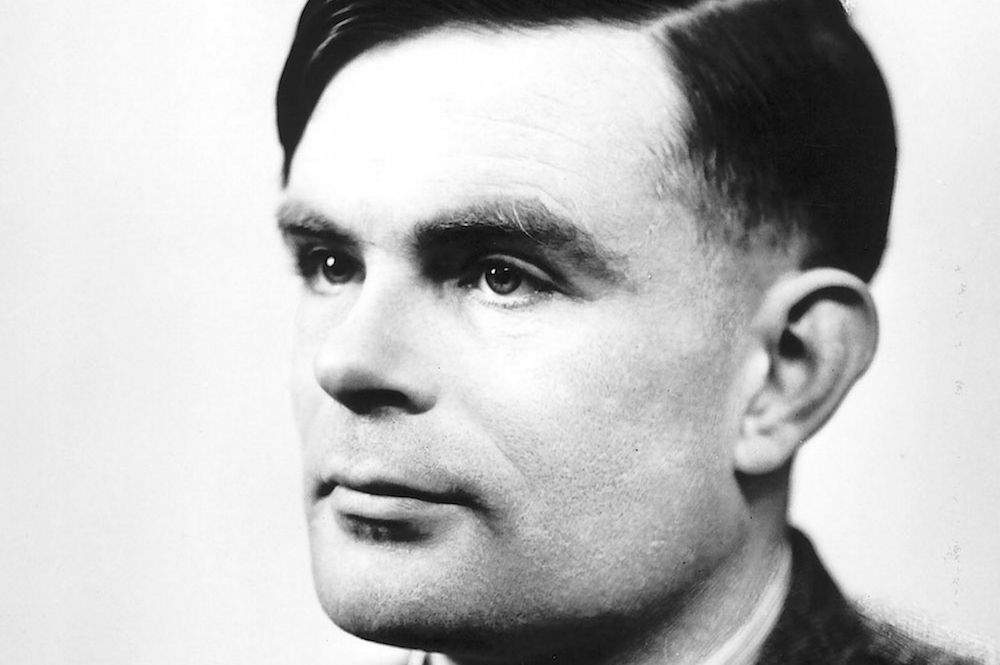
Alan Turing es considerado como uno de los padres de la ciencia de la computación y precursor de la informática moderna.
All this “knowledge” is obtained by the machine from analyzing thousands of data, a process called Machine Learning, based on data analysis and pattern detection, using automatic learning techniques that build models that can generalize new data.
Now that we understand how this intelligent system works, we can delve into discussing the intersection between architecture, design, and artificial intelligence, and even bring urbanism into our discussion to grasp how Artificial Intelligence can help us build more sustainable and efficient cities.
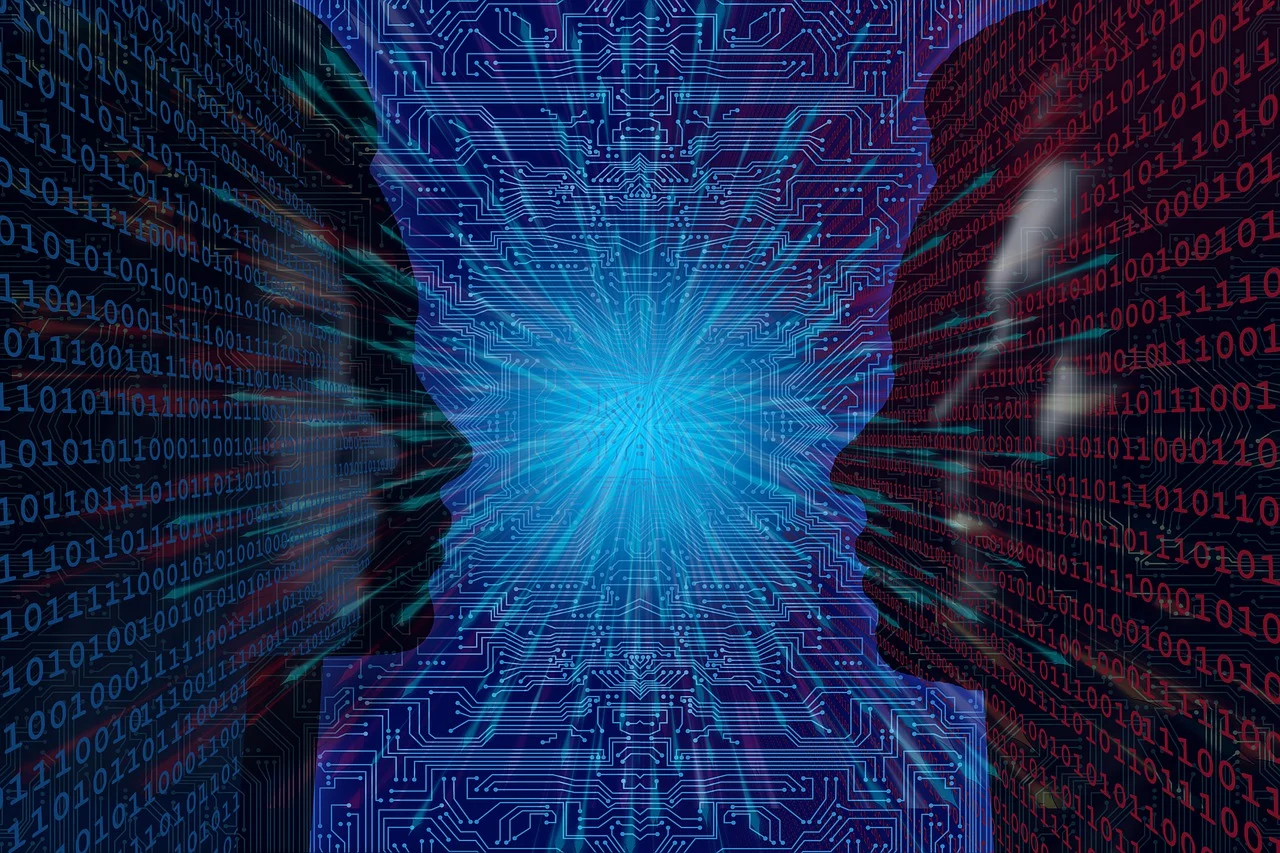
This is where we find discussions from the great minds of history, leading us to debate the advantages and disadvantages of Artificial Intelligence. As part of Pertanto, we are constantly discussing the most relevant discourses of today.
In the Exhibition “Eyes of The City”, held at the Shenzhen Biennial, the most visited architecture event in the world, the question was posed as a central source of discussion. One of the exhibitors, Vicente Guallart, a Spanish architect, inquires:
“Thanks to the development of the digital world, cities can be part of natural history. This is our great challenge for the next few decades. The digital revolution should allow us to promote an advanced, ecological and human world. Being digital was never the goal–it was a means to reinvent the world. But what kind of world?“
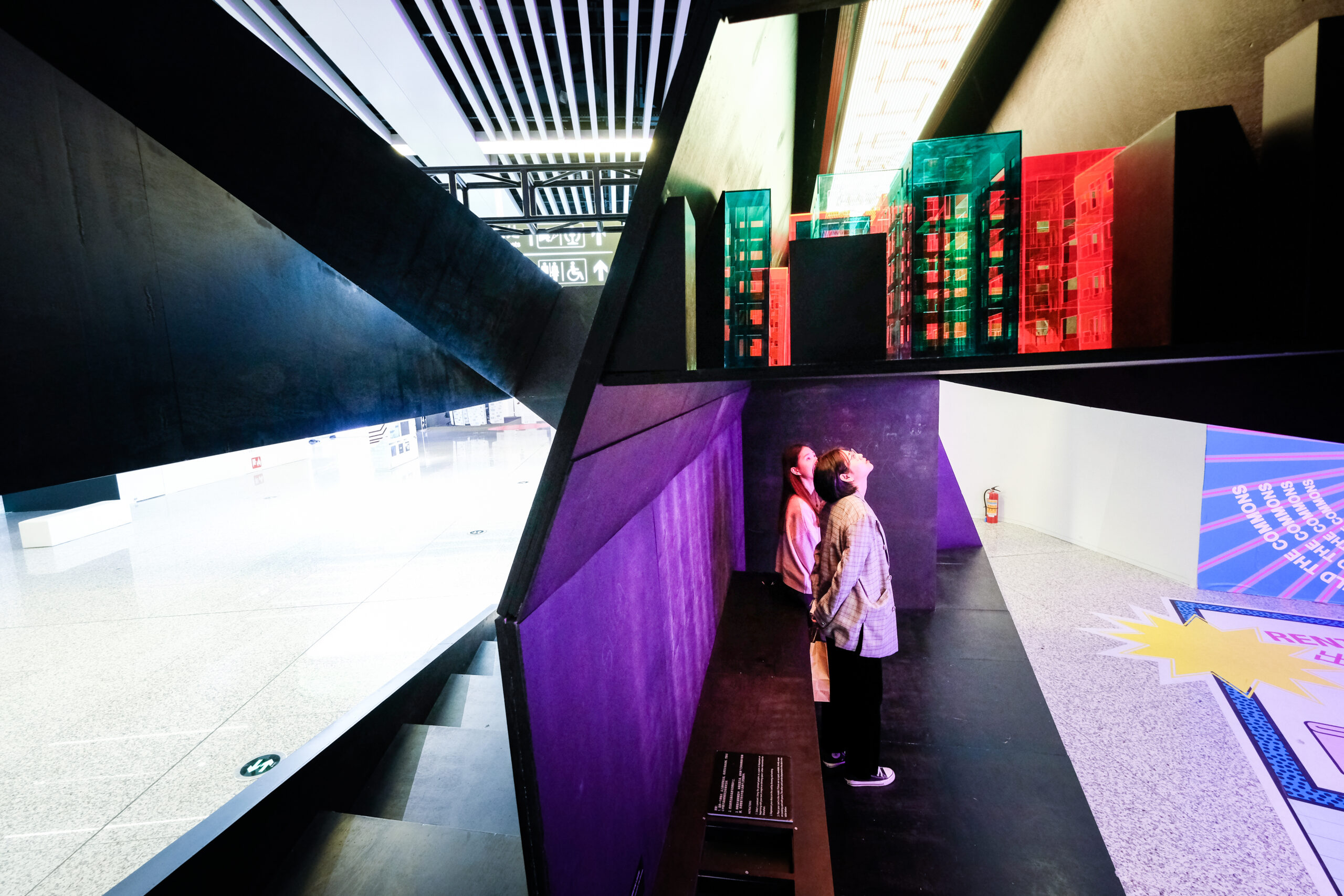
Foto Cortesía de “Eyes of The City”, parte de la Bienal Bi-City de Urbanismo/Arquitectura de Shenzhen y Hong Kong, exhibición curada por Carlo Ratti, Politecnico di Torino y SCUT.
In architecture, Artificial Intelligence is used to generate optimized and customized designs automatically, using learning algorithms and generative design. This allows architects to explore different design options, improve energy efficiency, optimize space distribution, and enhance the sustainability of buildings.
However, dehumanization remains a major concern for many, as in our core, as architects, we focus on creating habitable spaces for humans. It is argued that if we rely too much on these machines, we will lose the human touch and that special ability to create through creativity and efficiency.
Thus, controversially, scientist Stephen Hawking polarized opinions by saying “Artificial Intelligence could be the best or worst thing to ever happen to humanity.”
Within Artificial Intelligence in architecture and design, we find incredible works of optimization, creativity, and problem-solving unseen before.
The automation of processes such as robotics, intelligent buildings, adaptive and generative designs, will create in us a futuristic discourse shareable with those around us.
Similarly, we want to ask questions that solve these mysteries and be a precursor to what can become a tool for solving global challenges.
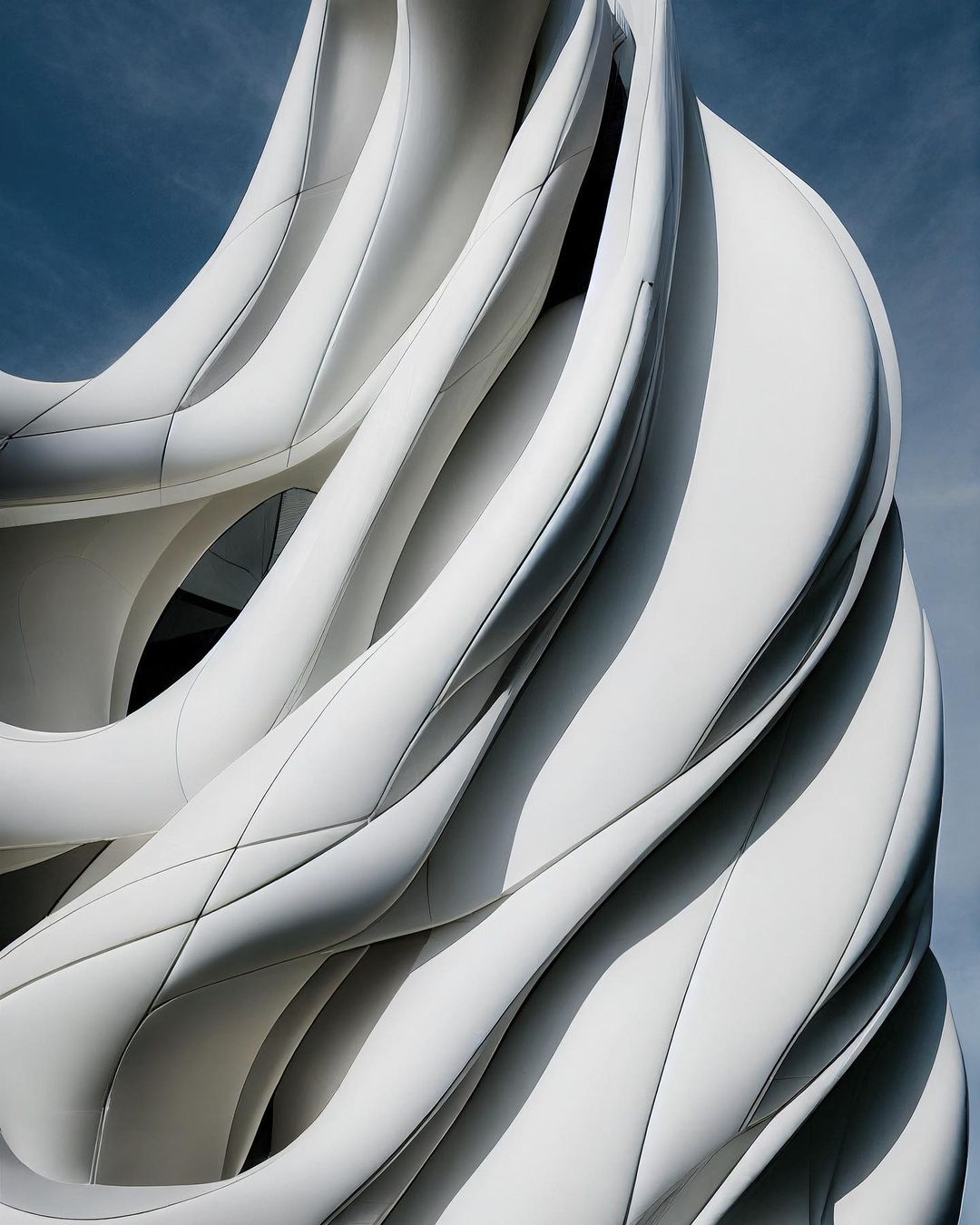
© Arturo Tedeschi
As an introduction to our upcoming course “Artificial Intelligence in Architecture” led by Juan Bordallo, CEO and Founder of ARCHITEChTURES, a powerful web-based tool for AI-assisted design in the residential sector that maximizes design efficiency, optimizes outcomes, and reduces design time from months to minutes, we want you to ask yourself:



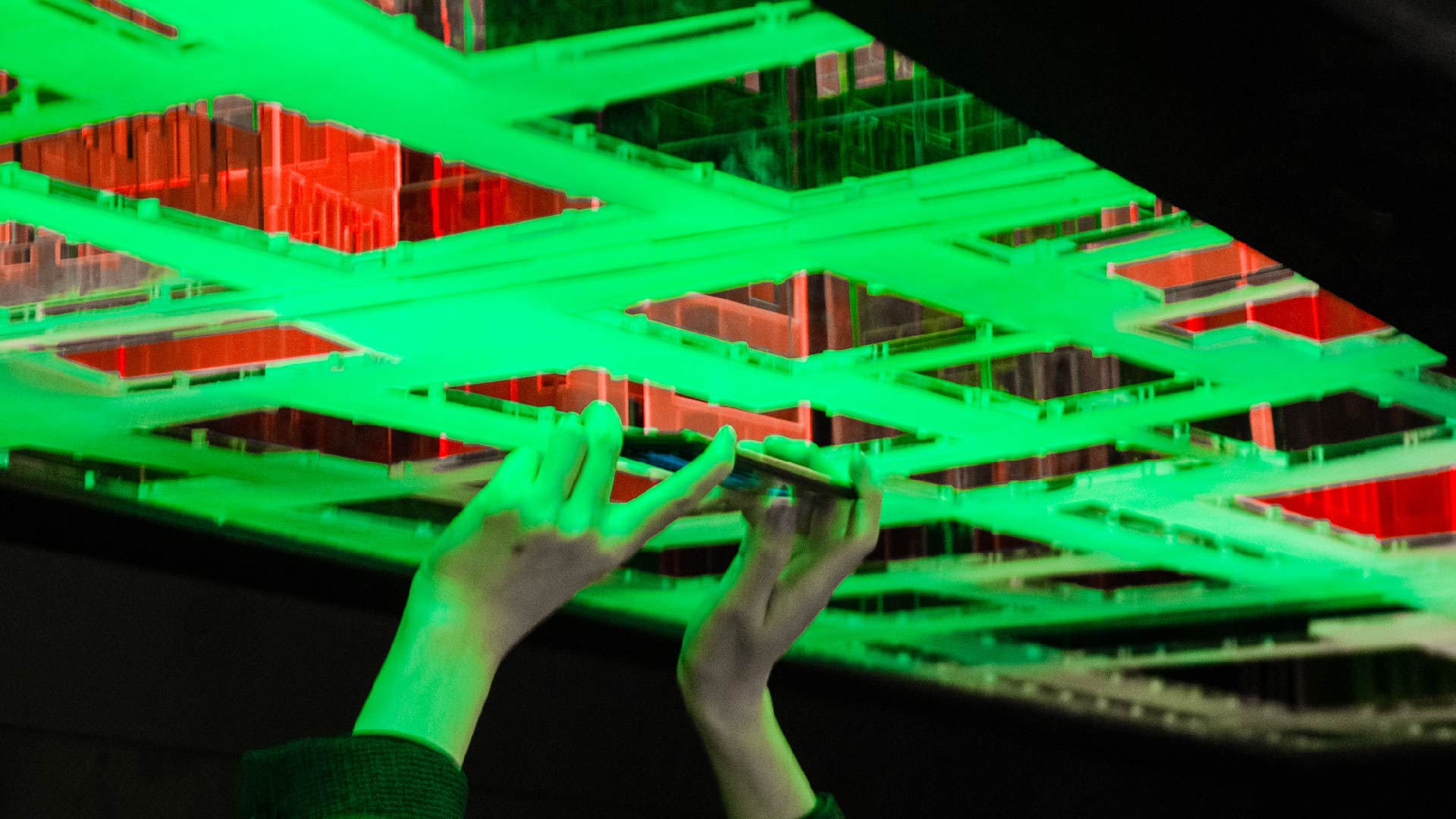

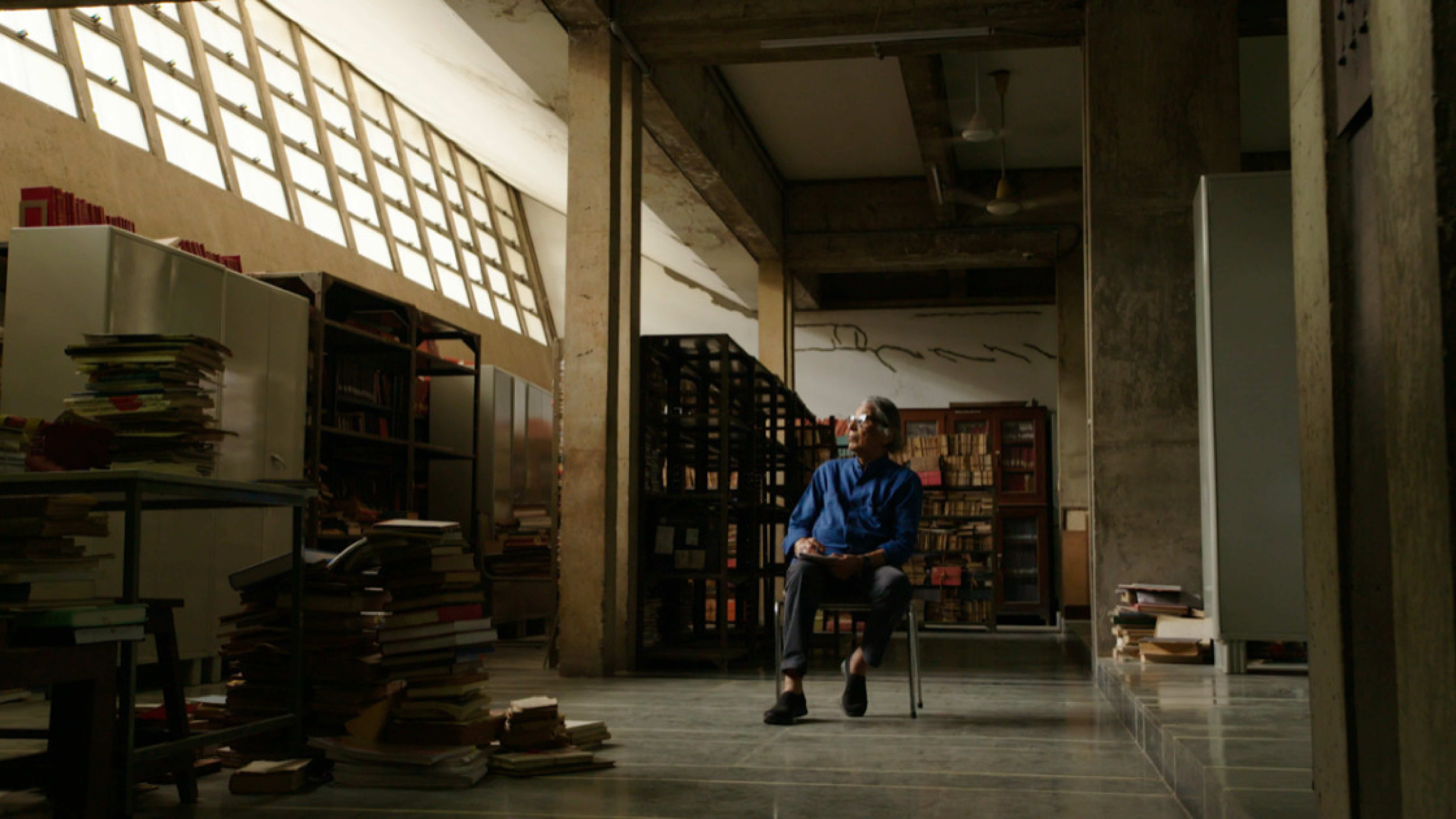
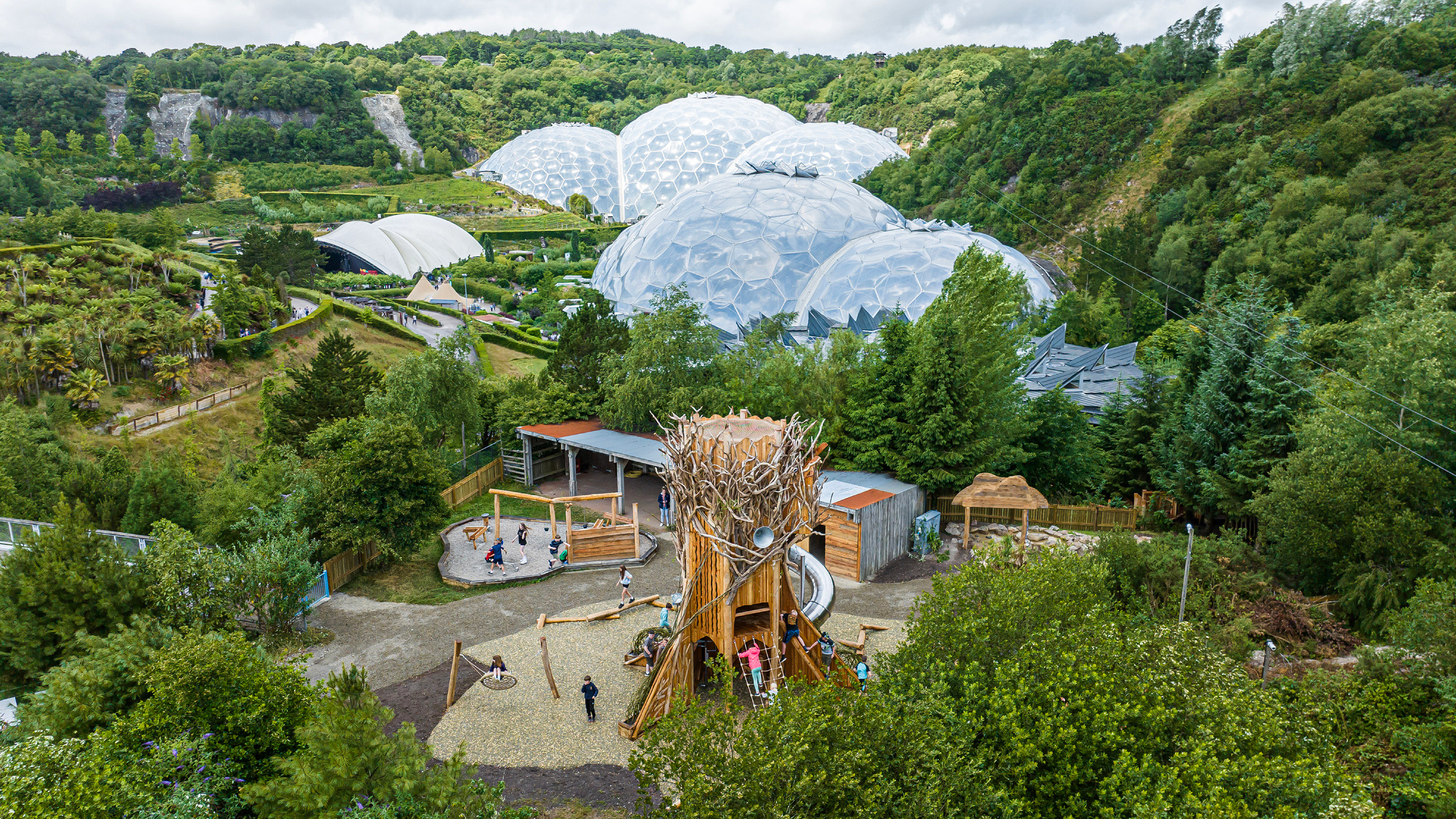

Leave A Comment